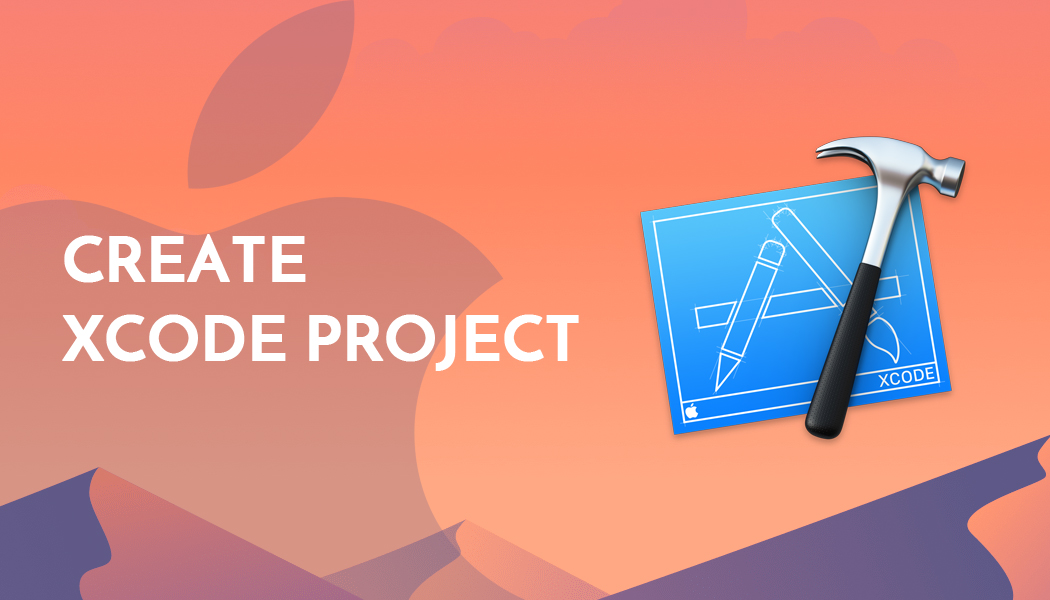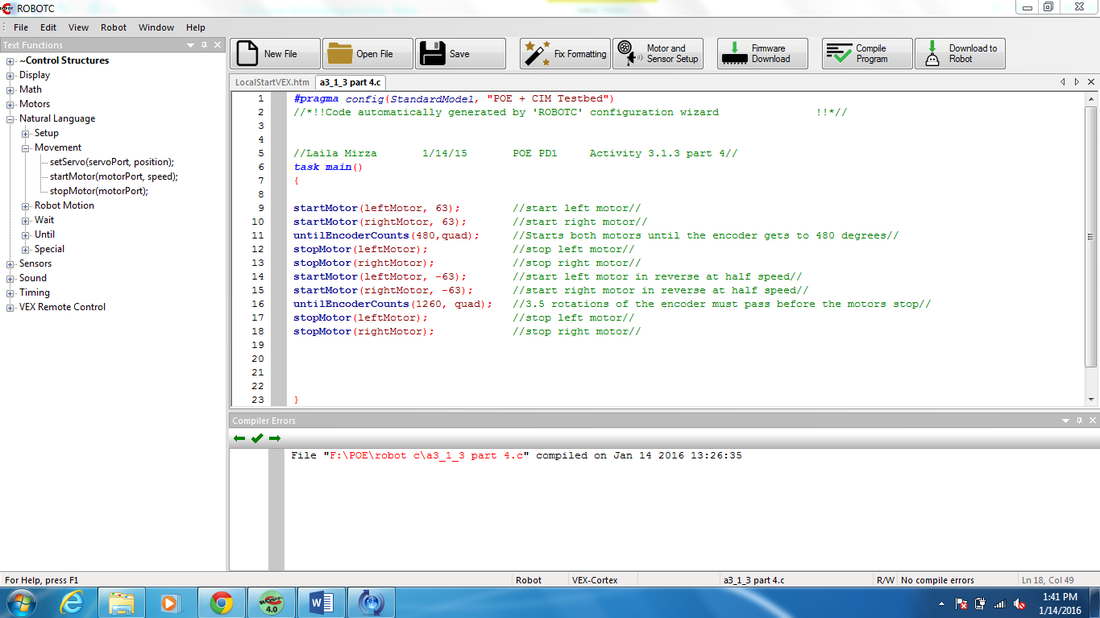

As it is user data, no big issue if you delete it completely but it’s safer to use ‘Reset Content and Settings’ option from the menu to delete all of your app data in a Simulator.
Robotary xcode simulator#
It’s obvious that you can toss the older version simulator folder/folders if you no longer support your apps for those versions. It’s simulator’s territory that's where it stores app data. Core Simulator folder is familiar for many Xcode users.~/Library/Developer/Xcode/iOS DeviceSupport But we should keep a few although we test app from device mostly. Keep the latest version and rest of them can be deleted (if you don’t have an app that runs on 5.1.1, there’s no reason to keep the 5.1.1 directory/directories). iOS Device Support folder creates a subfolder with the device version as an identifier when you attach the device.Xcode will manage of archives and creates new file when new build is archived. Before you decide to delete contents of this folder, here is a warning - if you want to be able to debug deployed versions of your App, you shouldn’t delete the archives. Most of the time, it occupy huge space!Īll your targets are kept in the archived form in Archives folder. It's symbolicate crash logs for different device/iOS.ĭelete this folder after every few days interval. Here is explantation for each folder and what you can delete to reduce the size.ĭeviceSupport - You can keep the simulator which log's you may need in future. You can delete snapshots for old projects you don't care about. The Snapshots folder is used by Xcode to save snapshots (backups). These folders are only needed to symbolicate crash reports.

For example, if none of your apps have a Deployment Target older than iOS 8.1, for example, you can safely delete any folder for iOS 8.0.x and earlier.
Robotary xcode free#
Feel free to delete any folders for versions of iOS you don't support anymore. The iOS DeviceSupport folder contains a folder for each version of iOS you ever had on an iOS device you ever connected while Xcode was running. You can safely delete any of the older logs. The iOS Device Logs folder contains old device logs for various versions of iOS. My Installs folder only contains a set of empty folders and the newest if over 3 years old. Next time you build a project, the needed files will be recreated.

You can delete everything under DerivedData. And you should backup older builds you might need to access in the future. You must create a new build phase that can run a script.Under Archives you can delete anything you want but you should keep recent builds. You then need to run a command on the executable binary /MyApp.app/contents/MacOS/MyApp in order to change where the executable looks for its library file. I think basically, what you are not doing is AFTER you have compiled your. Unfortunately, as "evil" as Microsoft are, they actually do a much better job of looking after their devs with documentation ( this is coming from an Apple evangelist ). Its a weird process and I'm surprised that Apple do not add more info on their developer docs. I wrote a bunch of stuff on this on my website where I had to get FMOD (Sound API) to work with my cross platform game that we developed at uni. Unfortunately, in my experience Apple's documentation is antiquated, redundant and missing a LOT of common information that you would normally need. That ends one tiny example hope it helps understand the steps. Step 3, run callmymod linking to libmylib.dylib - export DYLD_PRINT_LIBRARIES=1 # see what dyld does, for ALL programsĮxport DYLD_LIBRARY_PATH=/tmp # dir:dir. Nm -gpv callmymod # U undef _mymod: just a reference, not mymod itself Step 2, compile and link callmymod - callmymod.c: Otool -L libmylib.dylib # versions, refs /usr/lib/libgcc_s.1.dylib # -compatibility_version is used by dyld, see also cmpdylibįile libmylib.dylib # Mach-O dynamically linked shared library ppc # calls libtool with many options - see man libtool Gcc -dynamiclib -current_version 1.0 mymod.o -o libmylib.dylib OVERVIEW for yourself: draw some pictures, run some small examples,īackground: apple OverviewOfDynamicLibraries, (The most important thing in understanding is to make a simplified

There are tons of man pages (I count 7679 + 1358 + 228 + 226 lines in 10.4.11 ppc)īut not much in the way of examples, or programs with a "tell me what you're doing" mode. With zillions of options, some well-rotted compost, and differences between MacOSX and Linux. However there's a daunting pile of programs - gcc, ld, macosx libtool, dyld. Problem: you "just" want to create a library for other modules to use.
Robotary xcode mac os#
Dynamic linking on Mac OS X, a tiny example


 0 kommentar(er)
0 kommentar(er)
